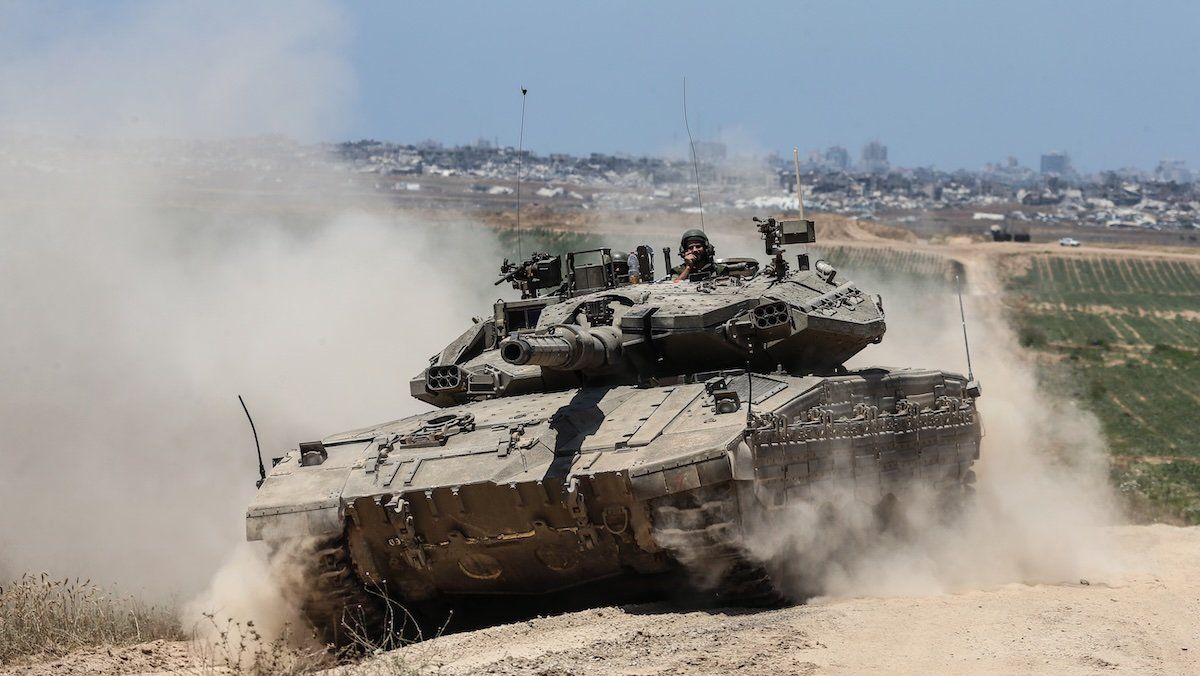Israeli tanks entered central Rafah on Tuesday in a sign that the Jewish state, despite growing international pressure, has little intention of rolling back its military operation in the southern Gaza city.
Gazan health authorities said Tuesday that Israeli tank shelling killed at least 21 people in a tent camp in a designated civilian evacuation zone, though the IDF denied striking the area. This followed Sunday’s airstrike, which killed 45 Palestinians who were sheltering in a refugee camp, prompted global condemnation, and forced Prime Minister Benjamin Netanyahu to acknowledge the “tragic mistake.”
The UN Security Council held an emergency closed-door meeting on Tuesday to discuss Sunday’s deadly strike, which the IDF said killed two senior Hamas commanders. France, a permanent member of the UNSC, echoed the International Court of Justice’s demand for an immediate halt to the operation.
“These operations must stop,” a French foreign ministry statement said Tuesday, adding that a new UNSC resolution on Rafah was “more necessary than ever.” It remains unclear what steps the UNSC will take.
The assault on Rafah, which Israel says is necessary to destroy Hamas’ last stronghold in Gaza, is leading to rising calls from world leaders for a cease-fire. But prospects for a truce are limited as long as the Rafah offensive continues.
Meanwhile, the humanitarian situation in Gaza remains grim, and it won’t be helped by the fact rough seas broke apart a US-built floating pier meant to boost aid deliveries. The Pentagon hopes it can be repaired and operational again in a little over a week.
